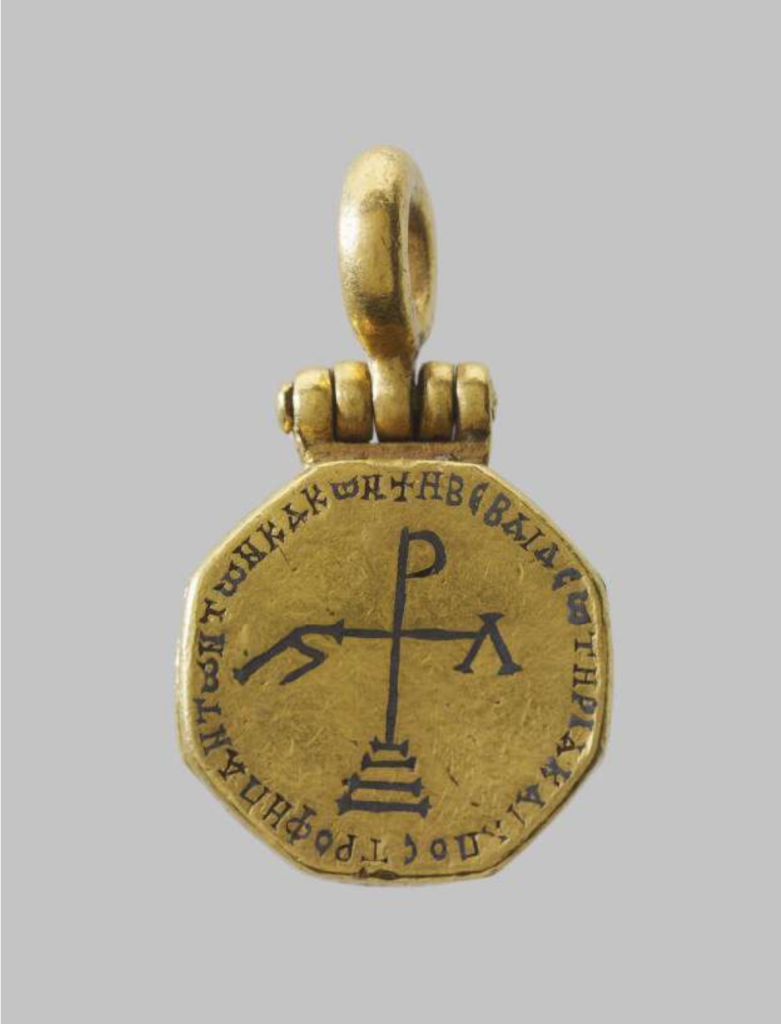


Please save the date for the next Index of Medieval Art conference, “Looking at Language,” on November 12, 2022. Assuming no major changes in university or government pandemic protocols, the conference will be hosted in person as well as live-streamed. It will feature eight medievalist scholars, in a wide range of specializations, who will address the many relationships between language and works of art, including the literal use and/or representation of language in creating a work; the linguistic traditions that surrounded its creation and reception, and the language now used to analyze and understand it. Speakers will include:
Ludovico Geymonat, Louisiana State University
Margaret Graves, Indiana University
Ruba Kana’an, University of Toronto
Sean Leatherbury, University College, Dublin
Sarit Shalev-Eyni , Hebrew University
Kathryn Starkey, Stanford University
Ben Tilghman, Washington College
Warren Woodfin, Queens College CUNY
The conference schedule, location details, and live stream registration link will be posted in September.
This blog post is the fourth in a series focusing on members of the Index staff. Today we introduce Catherine Fernandez.
What is your background and specialization?
As a medieval art historian, I owe so much of my intellectual formation to the universities where I earned my degrees. Can I use this space to give a shout-out to all the medievalists—both past and present—at Florida State University and Emory University? My academic journey, so to speak, began at FSU with two BAs, one in English Literature and one in Art History. I earned my PhD in Art History at Emory and then headed up the east coast to join the Index research staff immediately after graduation. My current research interests center on medieval treasuries and French Romanesque art, but I am happy to get my thousand-year medieval “fix” through various Index projects. Based on cataloguing or classroom instruction needs, I might be simultaneously working on an Ottonian manuscript, a late-antique sarcophagus, or Gothic archivolts; it’s an embarrassment of riches.

What research projects are you working on currently?
At the Index, I happily embrace a wide range of topics, but I am particularly thrilled to have worked with our IT guru Jon Niola in the development of a field within individual records that “maps” iconographic programs within medieval buildings and other structures. By highlighting the placement of in-situ works of art, the “Location in Structure” field can only amplify our understanding of medieval iconography’s spatial dimension. With regard to my own research, I am currently working on my book project, entitled Charlemagne’s Pectoral: The Presence of Carolingian Memory at Saint-Sernin of Toulouse. This monograph seeks to reintegrate a group of extraordinary treasury objects associated with the emperor Charlemagne within the liturgical space of the famous Romanesque shrine.
What do you like best about working at Princeton?
It remains an absolute pleasure to work with so many wonderful medievalists—both members of the local community and visiting scholars—and participate in the “Life of the Mind” on campus.

What travel experience played a role in your becoming an art historian?
I consider myself fortunate to have had an upbringing that included extensive global travel. Over the course of my childhood, my family visited countless monuments, museums, galleries, and archaeological sites around the world, and any number of these places could have infected me with the “art history bug.” But humor me, if you will, when I give credit to the Metropolitan Museum of Art and E.L. Konigsburg’s novel From the Mixed-Up Files of Mrs. Basil E. Frankweiler. I mean, what art historian hasn’t fantasized about hiding out at the Met like the novel’s two child protagonists?
What do you like best about being back on campus in person?
Close access to actual libraries and actual human beings, as I am rather fond of both.
Coffee or Tea?
Red Bull. Blueberry flavored. What? Was I supposed to wax poetic about some kind of refined oolong?